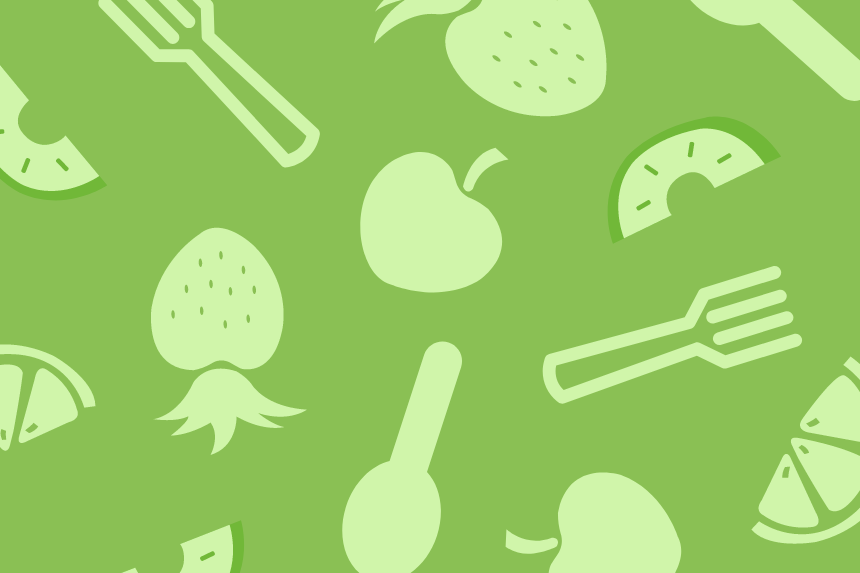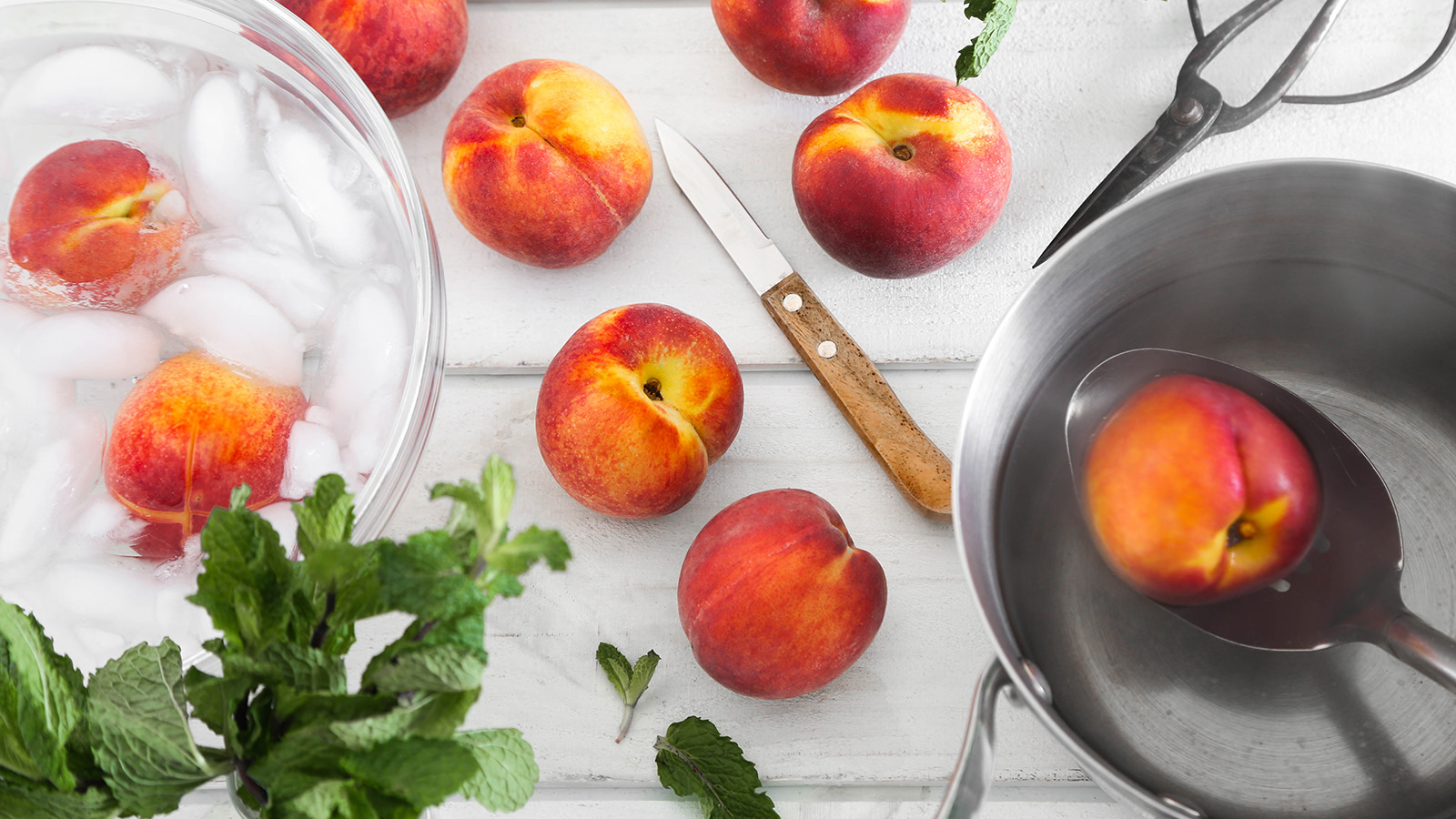Steamed Kabocha for Low-Sugar Diets

- Ready In:
- 1hr 5mins
- Ingredients:
- 3
- Serves:
-
4
ingredients
- 1360.77-2267.96 g kabocha squash
- 29.58 ml margarine
- 44.37 ml cary's sugar-free syrup
directions
- The kabocha is a round squash with a hard, inedible green rind and deep grooves that divide the squash into lobes. Slice the kabocha in half and then cut through the grooves, dividing each half into its separate lobes.
- Using a carrot peeler or similar tool, peel away the rind, exposing the orange flesh of the squash. Throw away the seeds and the rind.
- Cut the orange flesh of the squash into rough 1-1/2 inch chunks and place in the basket of a steamer (or the steaming basket of a wok).
- Steam for approximately 45 minutes.
- Mash the still warm steamed squash into a coarse consistency, mix with the syrop and margarine, and blend. The result will be less smooth than frozen squash, but sweeter and with a taste similar to chestnuts.
- Serve warm as a side dish with either spicy vegetarian foods, grilled or steamed fish, or grilled meats.
Questions & Replies
Got a question?
Share it with the community!
Reviews
Have any thoughts about this recipe?
Share it with the community!
RECIPE SUBMITTED BY
I am European-born and American-raised, and resident on the northwestern Pacific island of Guam. I do much of my own cooking, in part because the food served on the island is not very healthy, and I try to use as much of the local ingredients as possible. This is not easy because the staples on the island are fresh fish which are not the same varieties featured in either US or European cookbooks, and an odd mix of US, Filipino, island, and Japanese produce.




